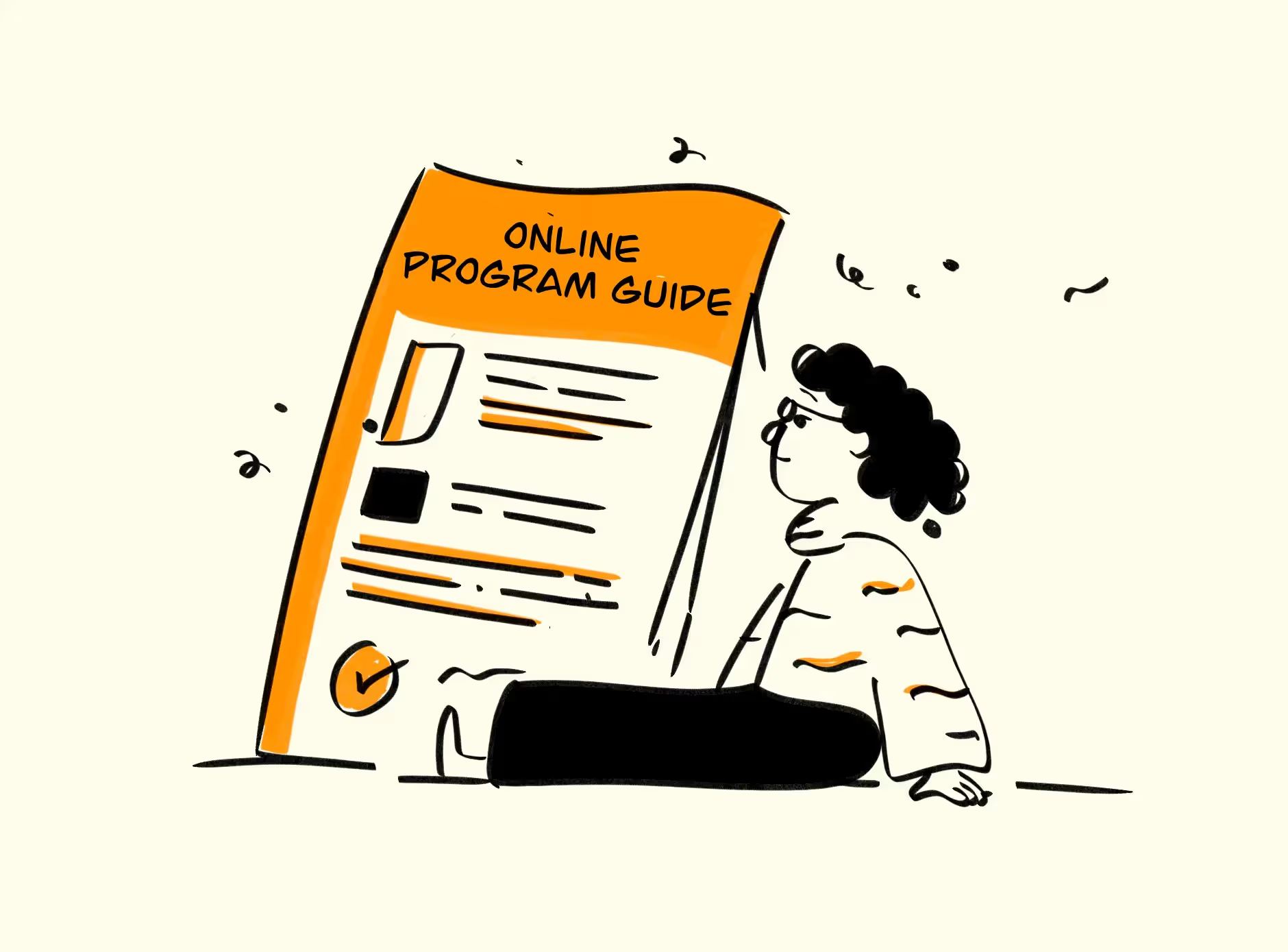


Key Takeaways
- Flexibility and Customization: Online learning offers flexible schedules, allowing students to tailor learning to their natural rhythms and accommodate other activities, promoting better health and productivity.
- Rich Resources and Engagement: Students gain access to diverse resources, including videos, interactive activities, and forums, fostering active participation and collaborative learning.
- Cost Efficiency and Self-Paced Learning: Online classes are often more affordable than traditional ones and enable students to progress at their own pace, reducing pressure and enhancing understanding.
- Controlled Social Interaction: While less interactive than traditional classrooms, online learning facilitates meaningful connections through forums and events, balancing engagement and focus.
Online classes have been available for parents for a while. Still, they came to widespread use only during the Covid-19 pandemic, which forced educational institutions to shut down and switch to online learning. While most parents still prefer the traditional classroom experience, more and more parents are considering switching to online learning for their kids in a post-pandemic world.
What is online learning?
Online learning, also known as e-learning or distance education, refers to the use of the internet and other digital technologies to deliver educational content and facilitate learning. With online learning, students can access course materials and participate in interactive activities from anywhere with an internet connection.
Online learning can take many forms, from fully online courses to hybrid models that combine online and in-person instruction. Some common types of online learning include:
- Synchronous learning: This involves live, real-time instruction where students and teachers interact through virtual classrooms, video conferencing, or webinars.
- Asynchronous learning: This type of learning is self-paced and allows students to access course materials and complete assignments on their own schedule.
- Blended learning: This combines online and in-person instruction, allowing students to have some face-to-face interaction with their teachers and peers while also accessing course materials and participating in online activities.
Online learning has become increasingly popular in recent years, with many schools and universities offering online courses and degree programs.
Online learning may not work for everybody, but there are also distinct advantages to studying in a virtual classroom instead of a physical one. Here are five advantages of switching to online classes for children.
1. Flexible Schedule
One of the most significant drawbacks of traditional classroom learning is its rigid schedule. Traditional class schedules often go against children's natural circadian rhythms and sleep requirements. This can lead to fatigue, cognitive impairment, and other health issues.
Online classes allow students to fit their learning into their daily schedule easily. While online classes are not as flexible as homeschooling, going to class in the comfort of your own home precludes children from waking up at unreasonable hours in the morning to make up for the commute and avoid being late to their classes.
This allows children to adjust their learning schedule to fit their individual needs and gives them more time for other enriching activities, such as sports and hobbies.
2. Access to Resources
One of the most significant upsides of online classes is the wide variety of resources available to students. Online course materials can include video lectures, interactive activities, audio recordings, and text-based materials.
Additionally, many online classes offer access to discussion boards and forums where students can engage in meaningful dialogue with their peers and instructors. This makes it easier for students to participate actively in their learning and allows them to ask questions and get feedback on their work.
3. Self-Paced Learning
Online classes allow students to learn at their own pace, allowing them to progress more quickly or take more time if needed. This eliminates the pressure to keep up with a certain pace and allows them to explore their topics of interest more deeply.
Instructors can tailor the course content to the specific needs of their students. Furthermore, online classes often include additional resources such as online tutoring, webinars, and other forms of instruction. This can help students get the most out of their online learning experience.
4. Cost Savings
Another benefit of online classes is that they often cost less than traditional classes. Online classes are often more affordable than traditional ones due to the absence of physical classrooms, textbooks, and other related expenses. Additionally, many online classes offer discounts for students who pay in full, making them even more affordable.
5. Social Interaction (In a Controlled Manner)
One of the main criticisms of online learning is the supposed lack of social interaction. While there is undoubtedly less interaction in online classes than in a classroom, it's also no secret that a room full of 20 to 25 children isn't the most conducive place for learning. Online classes apps allow students to interact with other students in a controlled manner through discussion forums, video conferencing, and other online tools.
Additionally, many online learning institutions organize events that allow online students in the same area to meet up and socialize. This allows them to build relationships with their peers, which is an integral part of the learning process.
Conclusion
Online learning is an increasingly popular option for children and young adults who wish to pursue education more flexibly and conveniently. With the right platform and support, online learning can provide students with a safe and engaging learning experience while still providing opportunities for social interaction. It is an option that should be considered for those looking for an alternative to the traditional classroom setting.
If you're looking for a top-notch virtual classroom platform to enhance your online learning experience, then look no further than Edison OS! With our intuitive and user-friendly platform, educators can easily create engaging virtual classrooms that are full of interactive and collaborative activities. Join us today and start taking your online learning to the next level!

Tutors Edge by EdisonOS
in our newsletter, curated to help tutors stay ahead!
Tutors Edge by EdisonOS
Get Exclusive test insights and updates in our newsletter, curated to help tutors stay ahead!
Recommended Reads
Recommended Podcasts











.png)
.webp)
